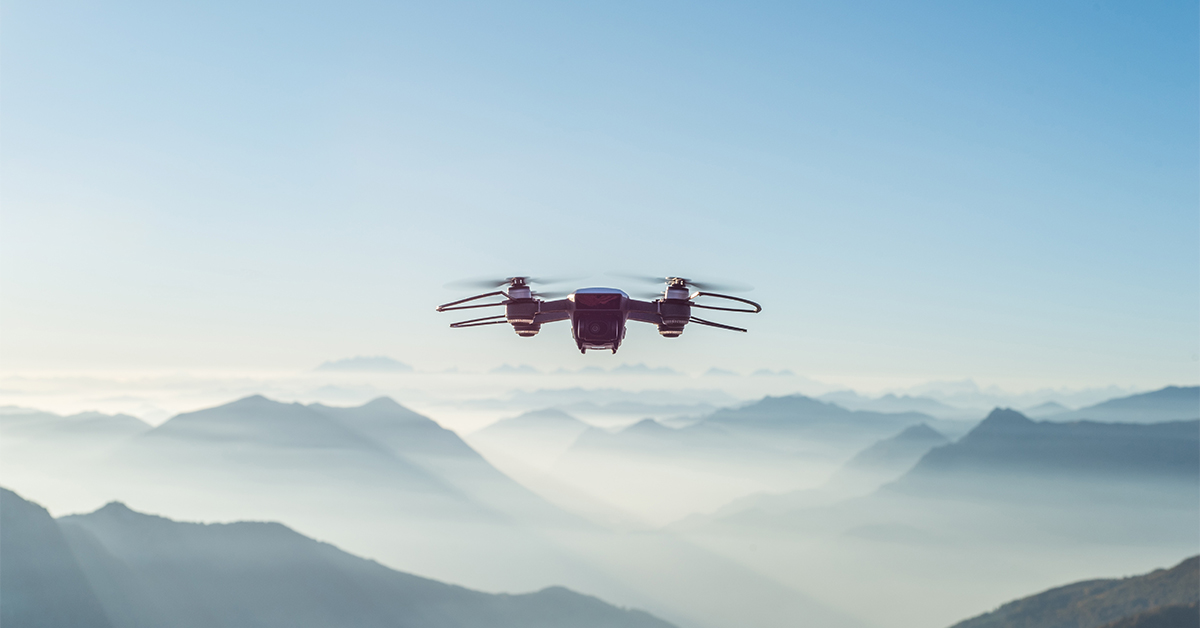
Photo by asoggetti on Unsplash
Drones are uber cool! You can see them anywhere from concerts to rescue missions. But according to BT’s Head of Customer Innovation, Matthew Key, we’ve only just scratched the surface of what drones can do.
In a recent blog post, Key wrote down a few very pertinent thoughts on unmanned aerial vehicles, and how we could harness their potential for connectivity. According to Key, “drones are set to play an increasingly important role in all our lives.” These examples are not only doable, but very much needed in remote parts of the world, or places where disaster has struck. A few scenarios from Key’s post:
- deliver urgent parts to fix a cellular network in hard-to-reach areas
- in case of a massive flood, drones could fly over and assess the situation from a top-down perspective, speeding up the process of getting that area back online
- acting like relays, drones could give temporary broadband access when the network gets disrupted
- already used in such scenarios, drones could also broadcast broadband at big events so everyone can tweet or Instagram without interruption, including reporters
- drones could even be rigged to beam down mobile signals too
- even logistical, agricultural and energy challenges can be tackled with drones, again thanks to the top-down view they can offer us
The biggest challenges are in the autonomy department. We need lighter and more efficient cells if we want to spin those propellers for hours at a time. However, even with current battery technology drones can easily be designed and programmed to do some of the above tasks. Range is also an issue, with most drones maxing out at 2 Km (1.2 miles), but not as pressing as battery life.
However, Key’s vision is certainly worth pursuing and BT’s engineers are already working to iron out the kinks, from what we hear.
Post A Reply